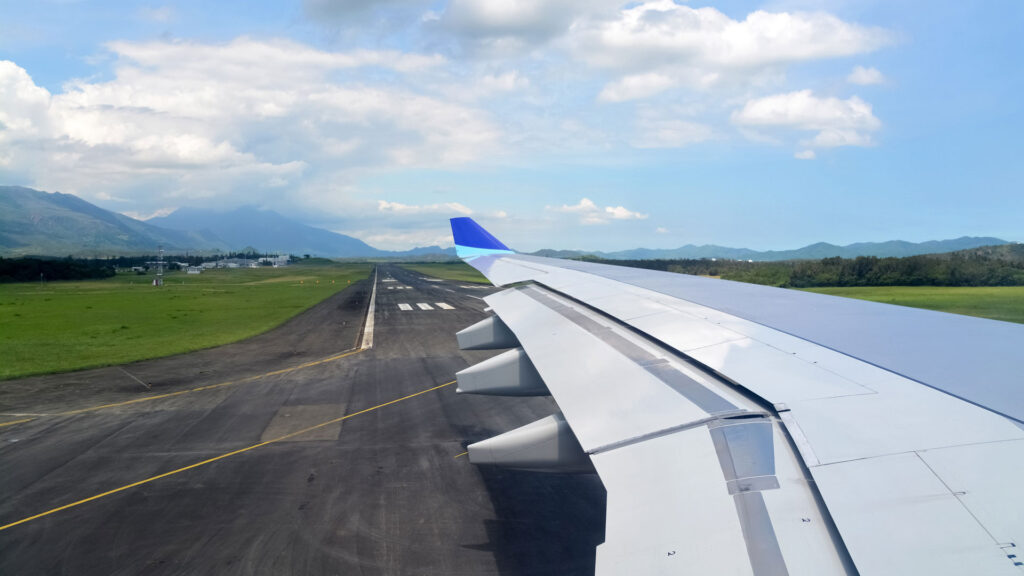Creating a sustainable process for re-paving runways

Pictured: Repurposing asphalt in runways presents a number of challenges including maintaining the pavement integrity under the repetitive stresses created as aircrafts land. Photo courtesy of Jeremy Bezanger on Unsplash
ASU doctoral student receives award from Transportation Research Board of the National Academies of Science, Technology and Medicine to support research
As materials cost rise and the threat of climate change looms, there is a large push to find cost-efficient and environmentally friendly ways to repurpose already existing goods. The aviation industry is thinking larger than a coffee cup or water bottle and is looking to expand the number of airports adopting sustainable construction practices for their critical infrastructure.
Saed N A Aker, a civil, sustainable and environmental engineering doctoral student in the Ira A. Fulton Schools of Engineering at Arizona State University, is looking to take on that challenge in a specific arena — airport runways.
Aker recently earned a graduate research award sponsored by the Federal Aviation Administration of the U.S. Department of Transportation and administered by the Airport Cooperative Research Program of the Transportation Research Board of the National Academies of Sciences, Engineering, and Medicine. It includes a $12,000 stipend over the course of one year and allows for his research to be presented to the Transportation Research Board for possible journal publication.
The award, with support from the Pavement Analysis and Design Group in the School of Sustainable Engineering and the Built Environment, one of the seven Fulton Schools, allows him to delve into a project that looks at a process called cold recycling, or CR. It is a technique in which existing pavement materials are milled, planed or crushed and then remixed with binders without the application of heat. The challenge for Aker having chosen to look specifically at airport runways is the stress of heavy aircraft loads, such as the very heavy Boeing 777 and Airbus 380 or Boeing 737 and Airbus 320. As the workhorses of the aviation industry, they repeatedly impact the runways and taxiways during take-off and landing.
“Cold recycling is the perfect tool to achieve more sustainable and resilient pavement structures,” Aker says. “This project offers a unique opportunity to learn more about cold recycling and to enhance its material design while utilizing this technology in a novel application.”
The project will be broken down into four phases. The first phase will use modeling simulations to determine just how much stress is placed on the runway each time a plane touches down. The second will then be to determine if current CR mixes are able to withstand the aircraft loads. Next, Aker will investigate ways to make improvements upon the existing CR mixes to make them more durable and stable under heavy loads. Finally, using all the collected and modeled data, Aker will look to determine what airports would make suitable candidates for a CR process.
“The U.S. has the most extensive air transportation market in the world with well over 3,000 public-use airports. Replacement or rehabilitation of the airport facilities has always been a challenge economically and operationally,” says Hasan Ozer, an associate professor of civil engineering and mentor to Aker. “An enhanced cold recycling technology can provide a cost-effective and structurally sound alternative to support the increasing flight traffic and aircraft loads.”